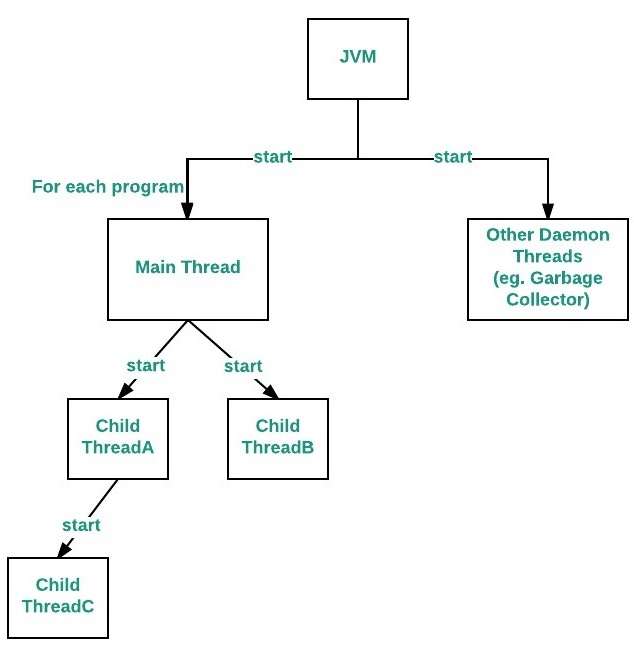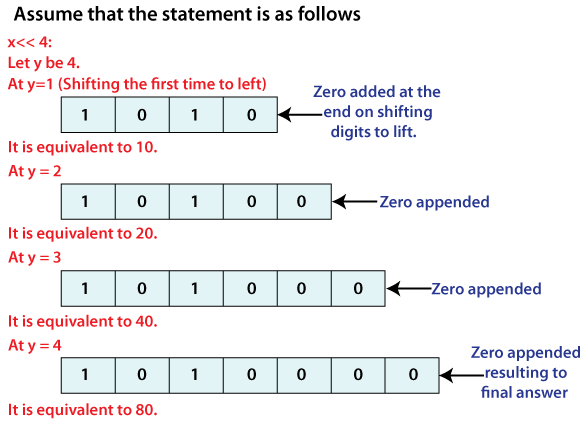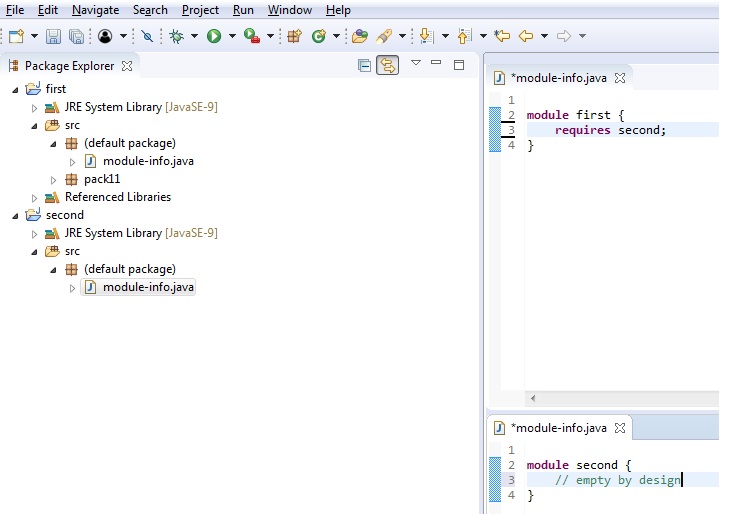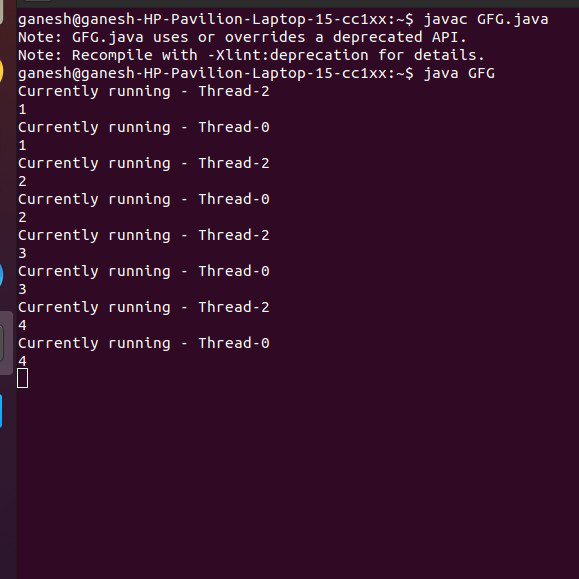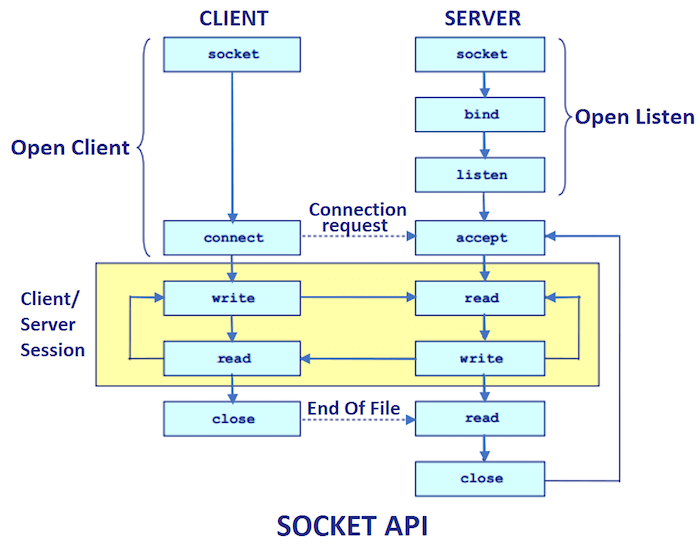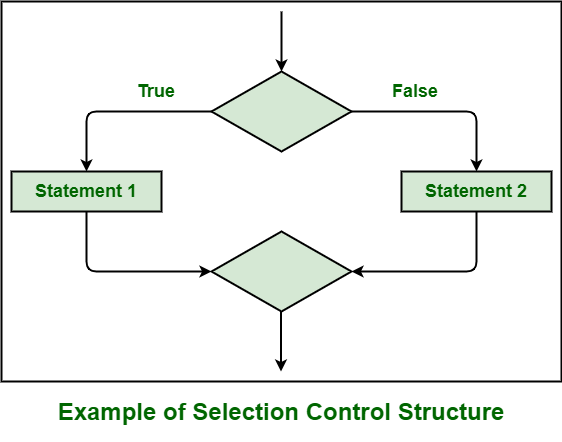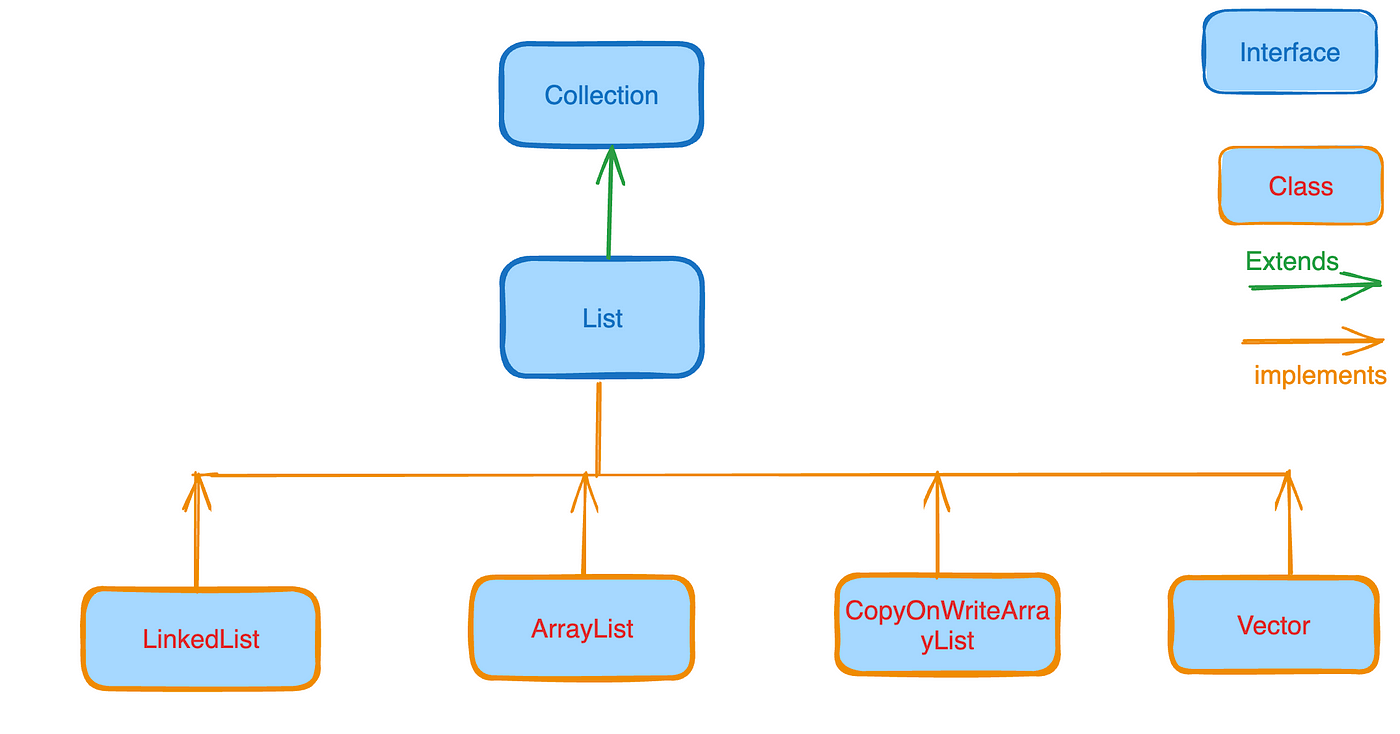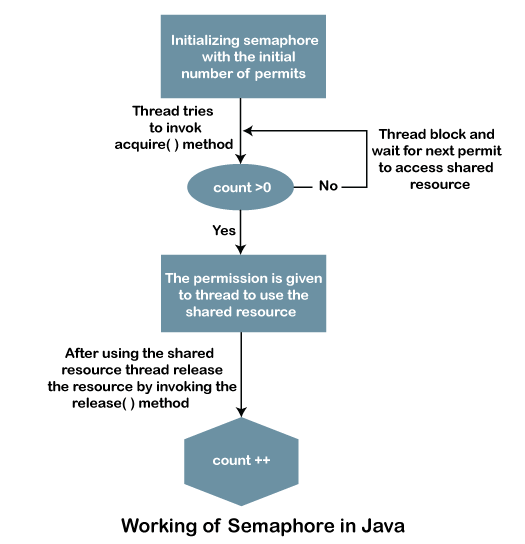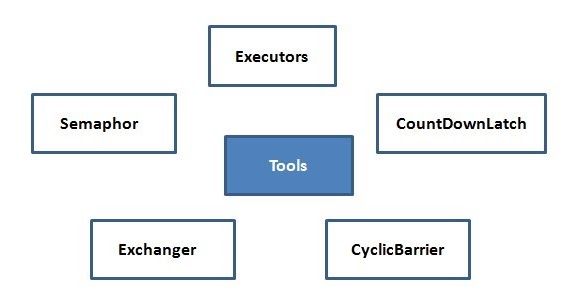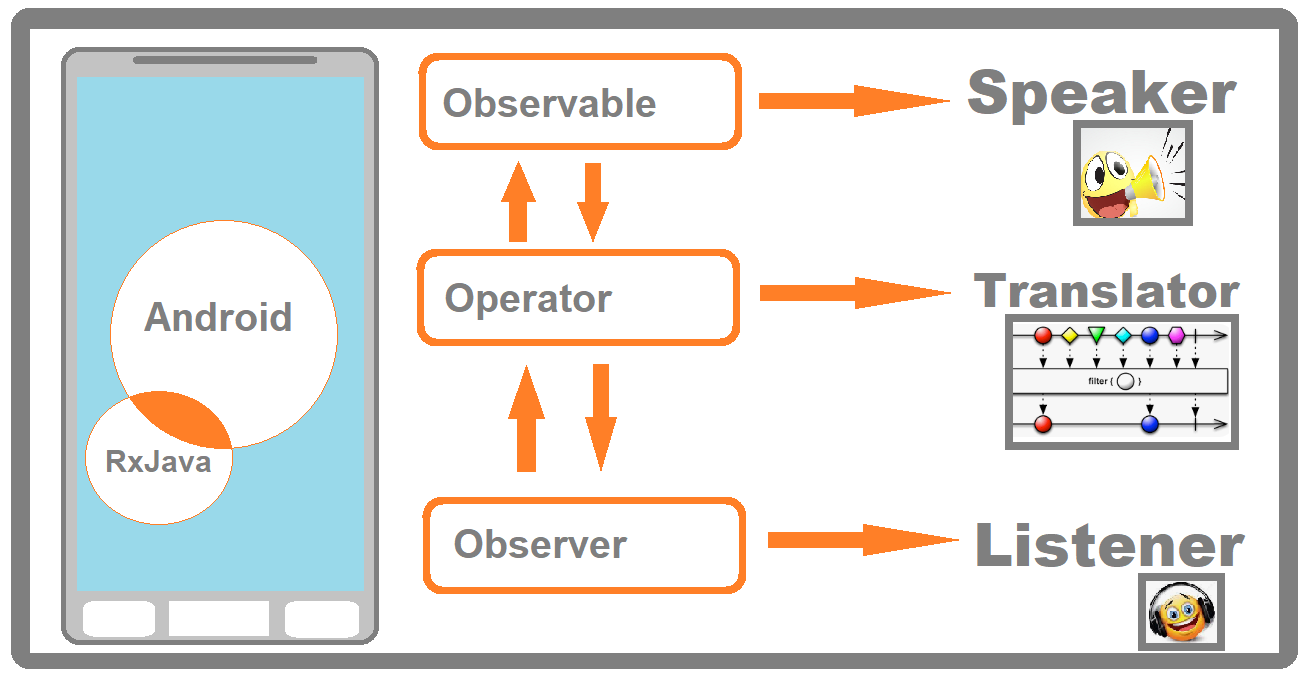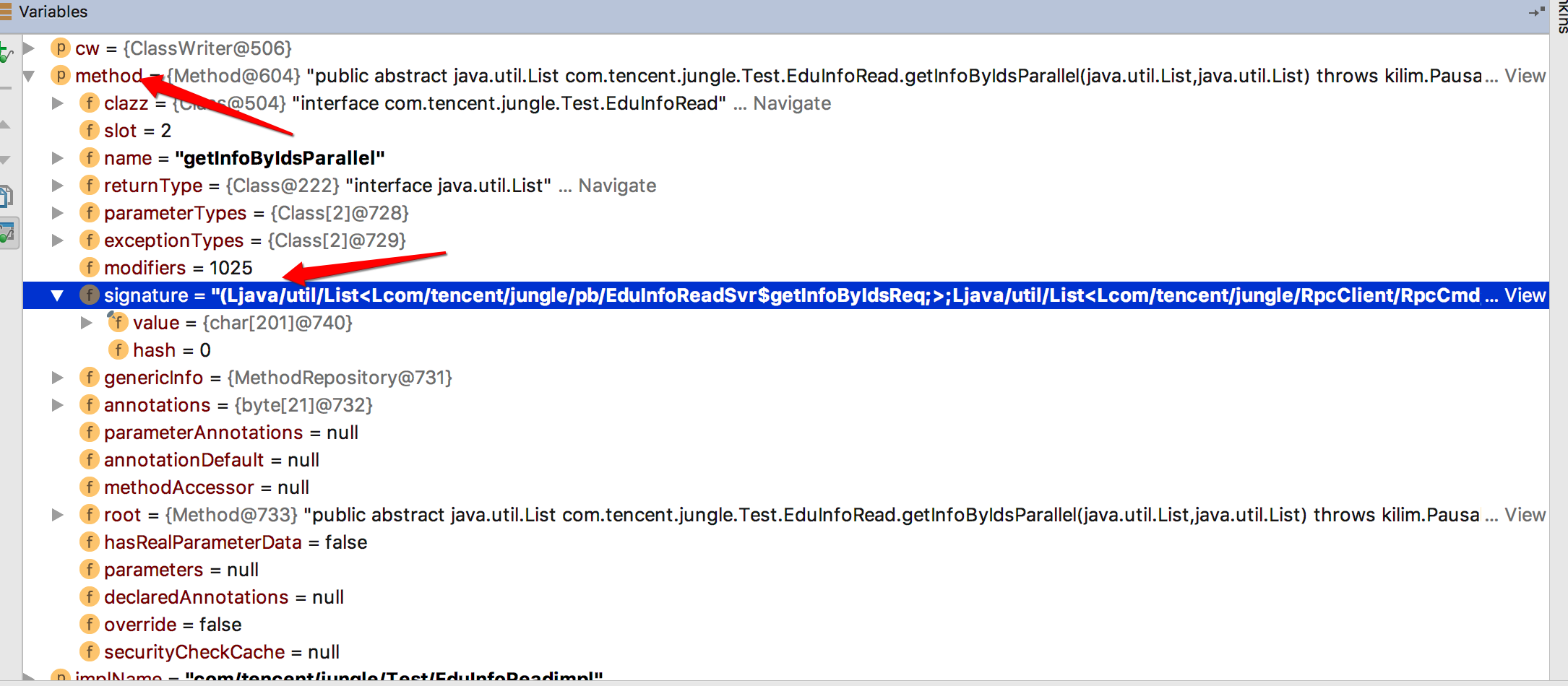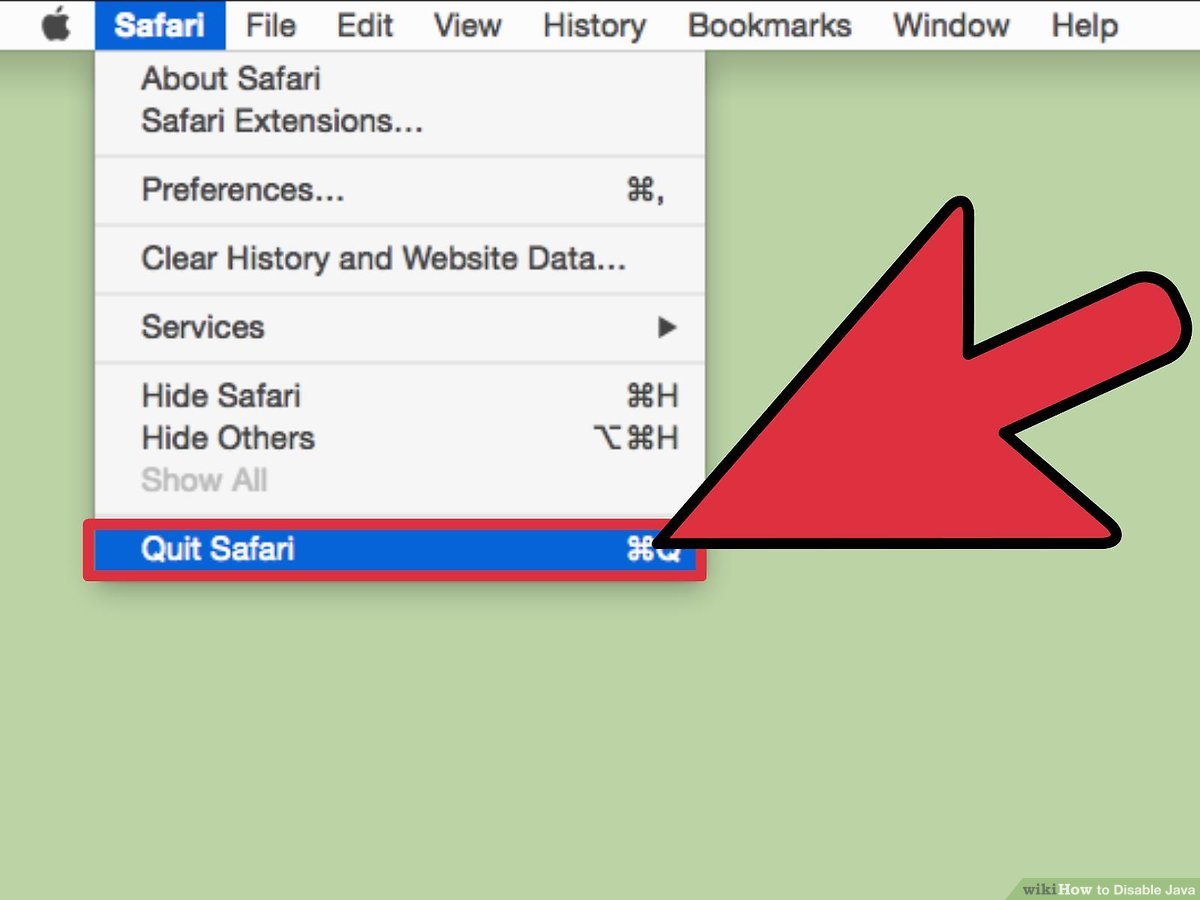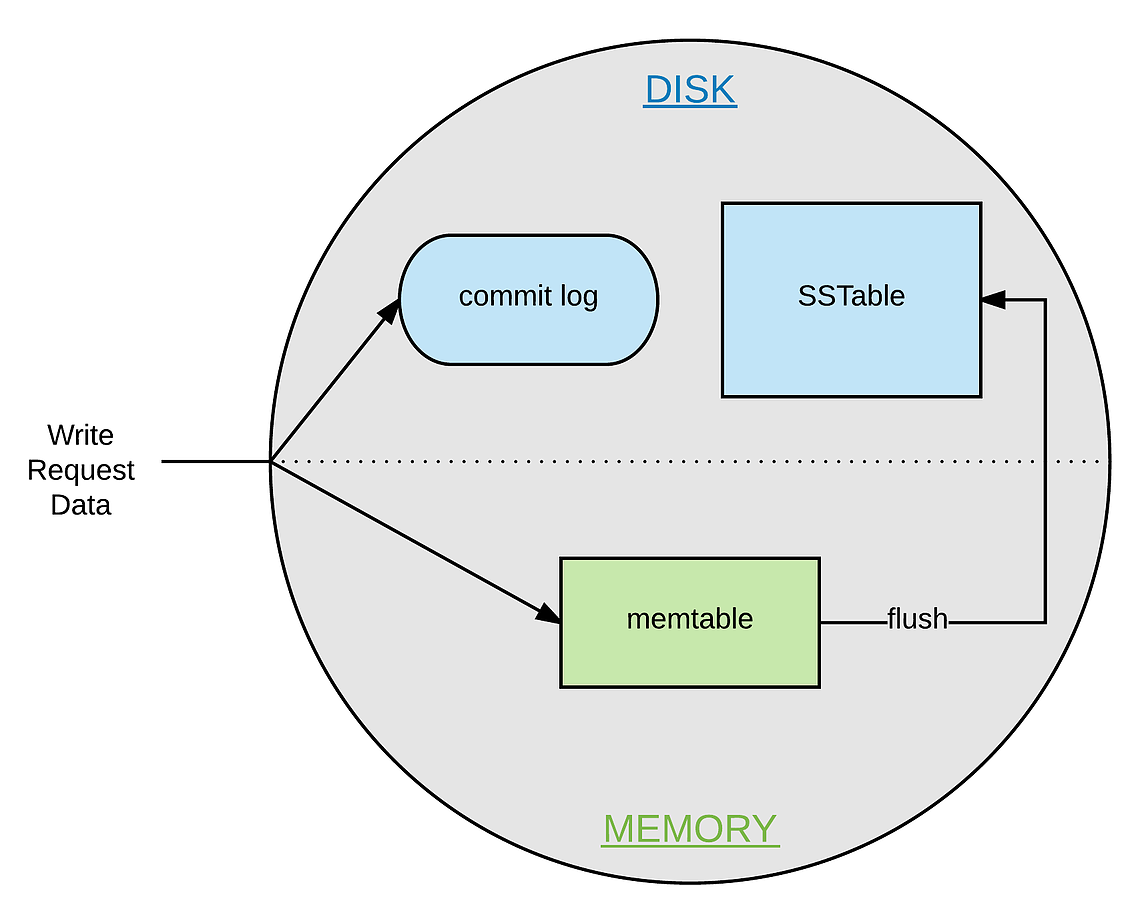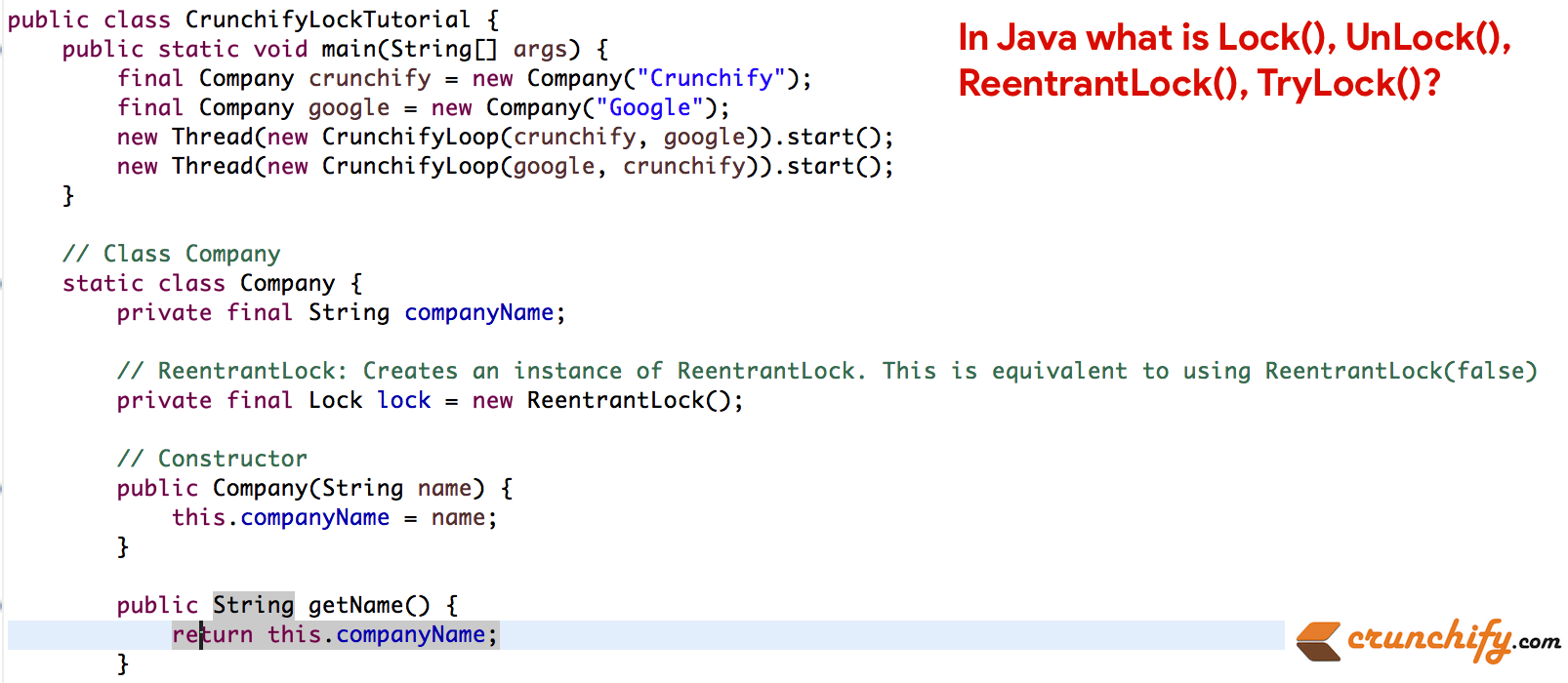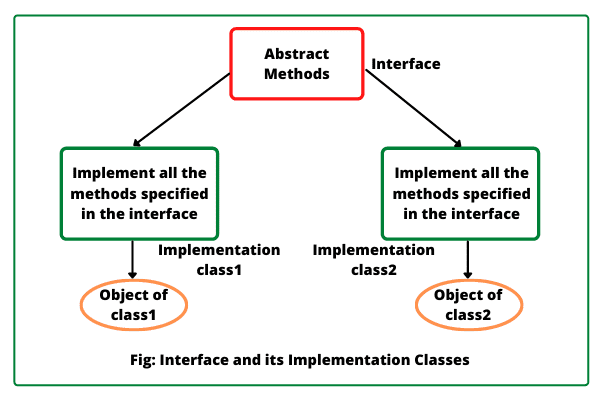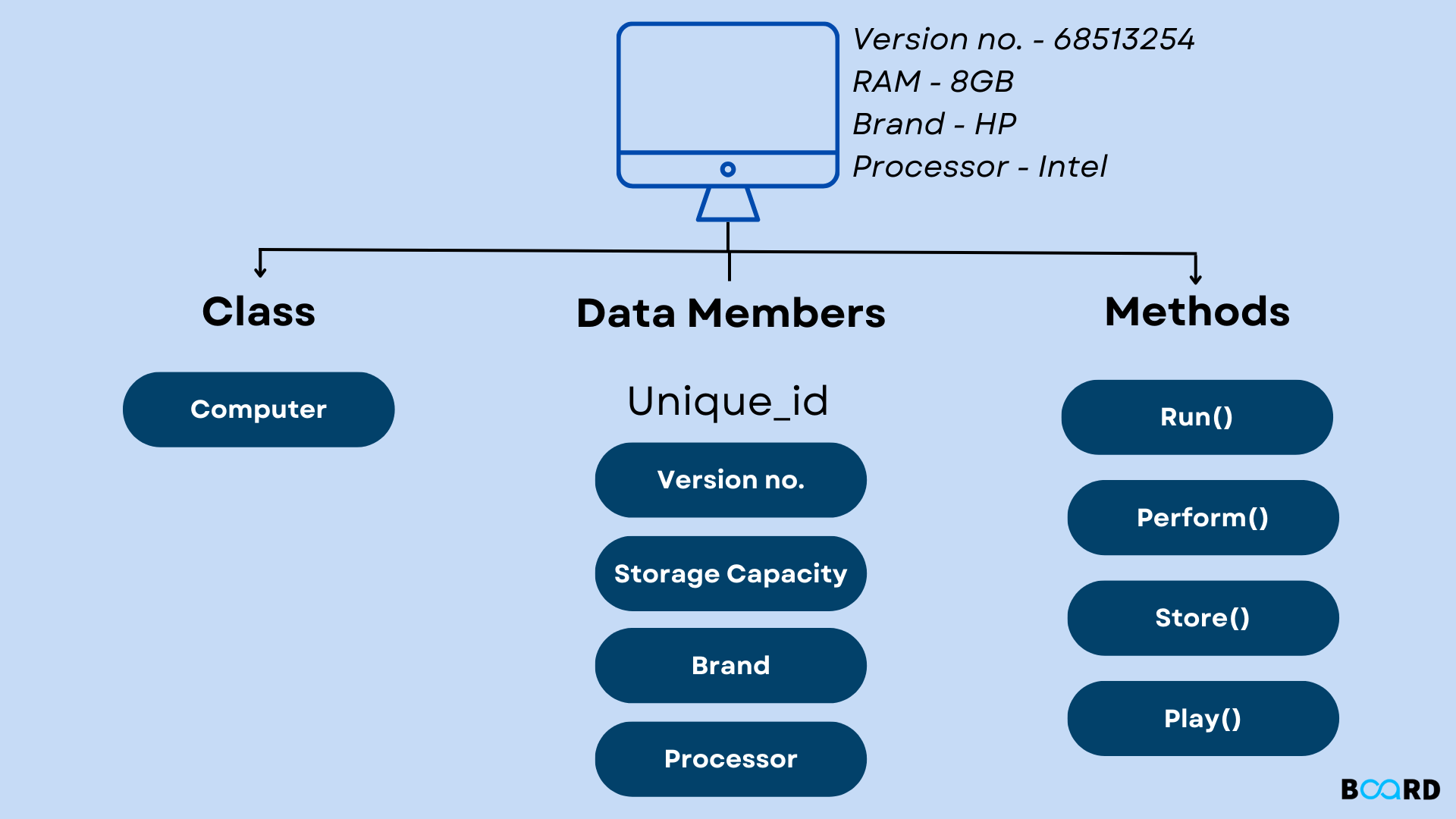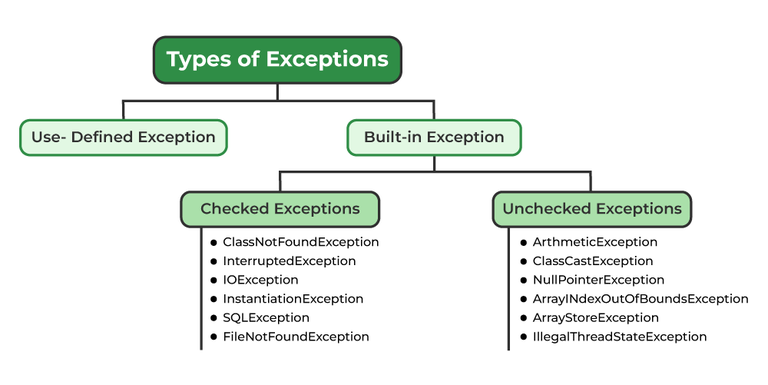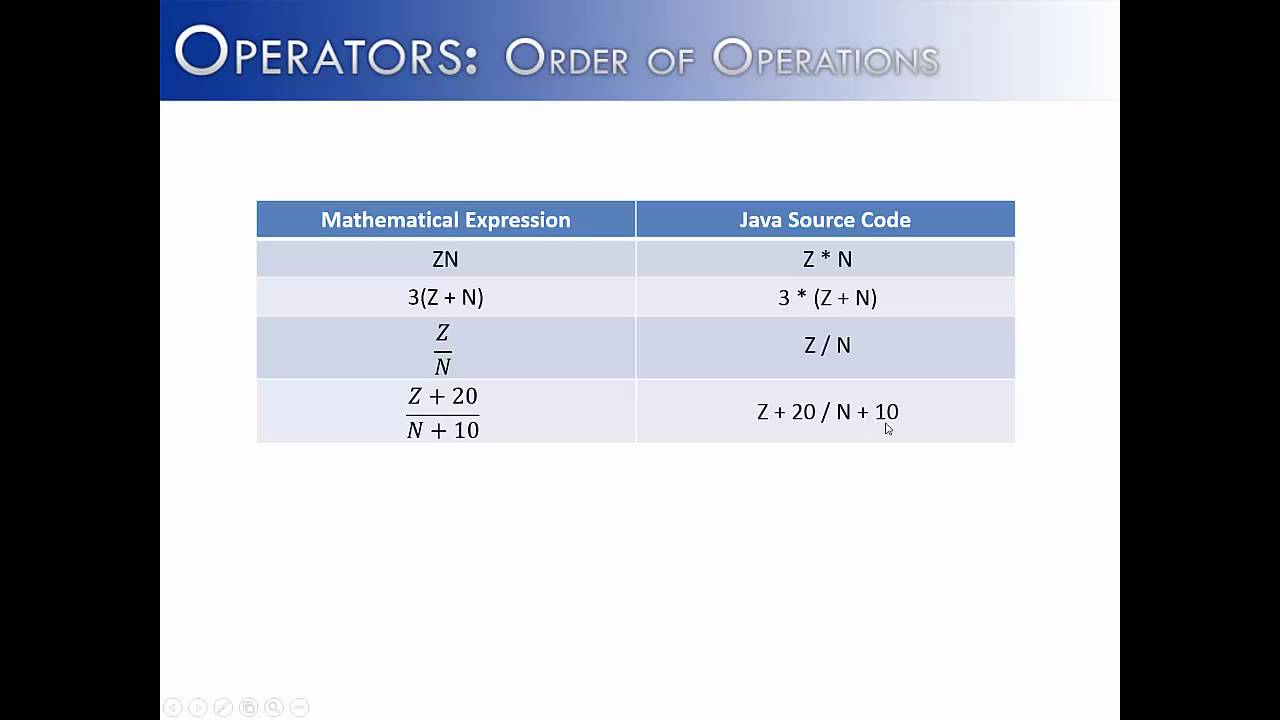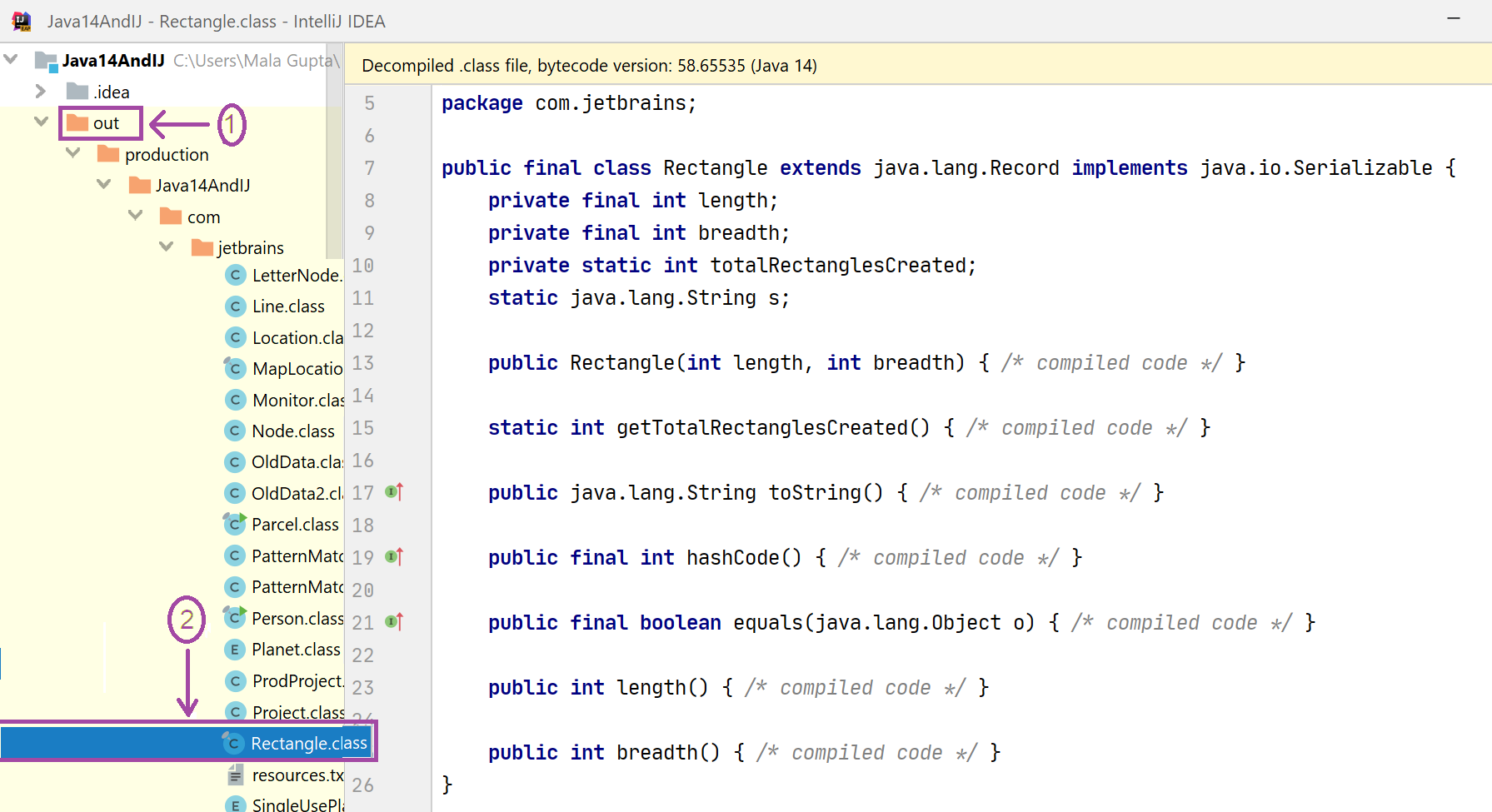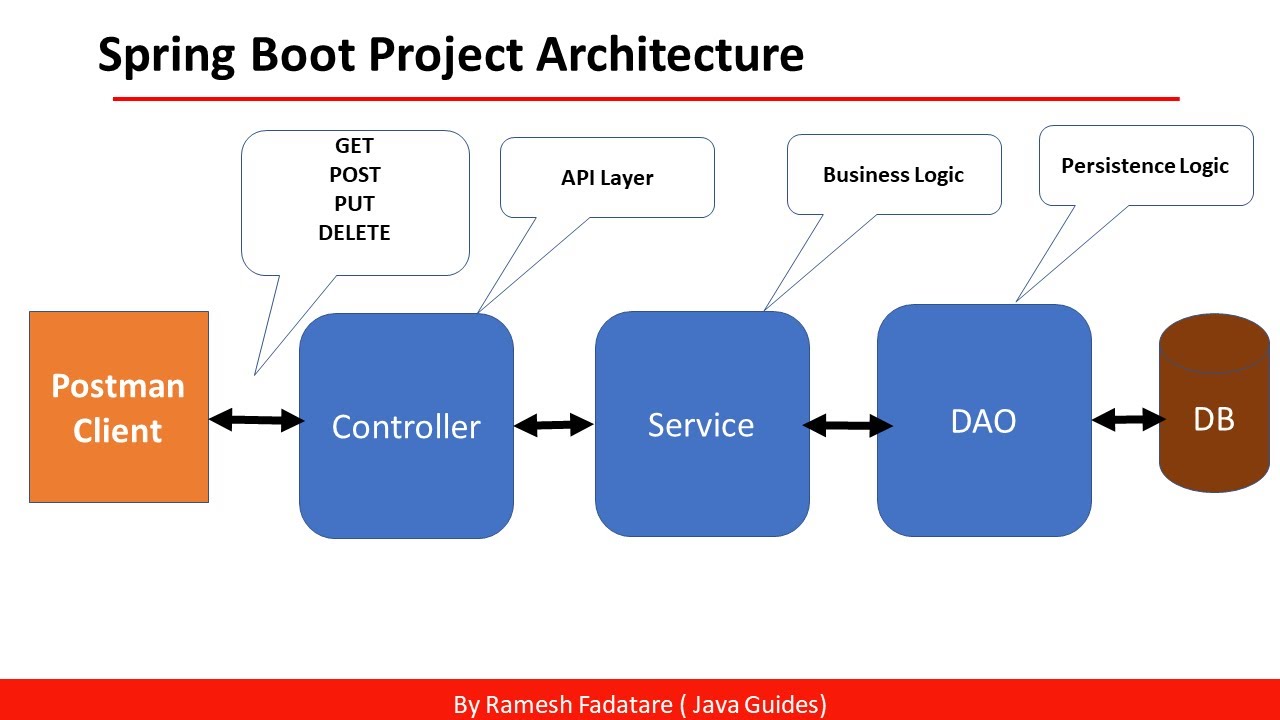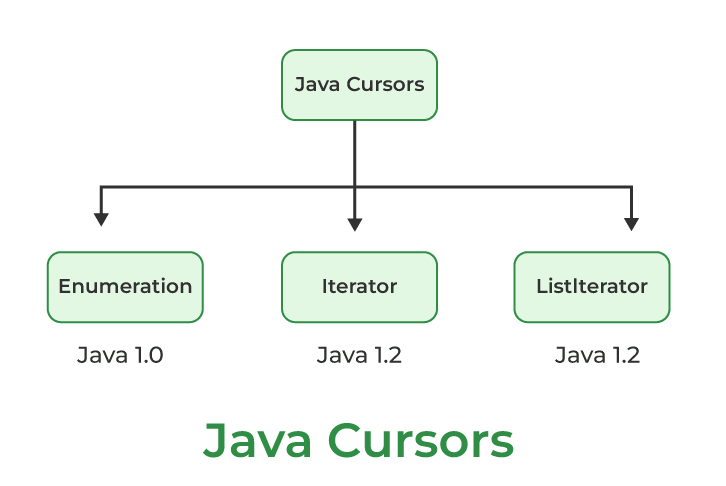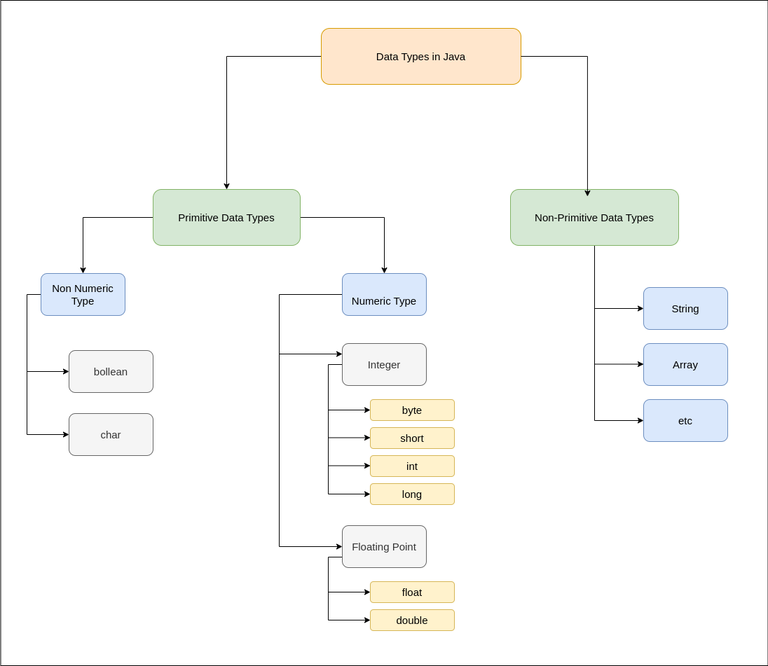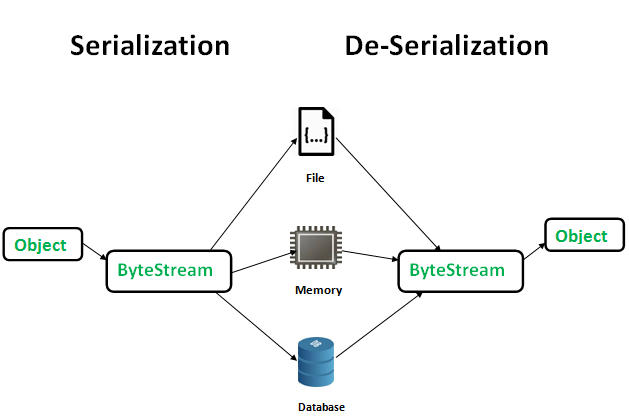java networking project
java networking project

Here's a comprehensive Java networking project that showcases various network-related concepts:

Project Overview:

The project aims to create a simple file sharing system using Java, featuring multiple clients and one server. The system allows users to share files with each other through the server.
Components:
File Sharing Server (Java Application): This is the central component of the project, responsible for managing file requests from clients and sending shared files to requesting clients. Client Programs (Java Applications): These are individual programs that connect to the server and request specific files from other users or share their own files with others.Key Features:
TCP Sockets: The project utilizes TCP sockets for reliable communication between the client-server architecture. File Transfer Protocol (FTP): Although not a full-fledged FTP implementation, this project incorporates basic FTP concepts to transfer files between clients and the server. Client-Server Architecture: This design pattern enables multiple clients to connect to the server simultaneously, allowing for file sharing and request handling.Java Code:
Here's a simplified code snippet showcasing key components of the project:
import java.net.*;import java.io.*;
public class FileSharingServer {
public static void main(String[] args) throws Exception {
// Start server socket
ServerSocket server = new ServerSocket(8000);
System.out.println("File Sharing Server started. Waiting for connections...");
// Accept and handle client requests
while (true) {
Socket client = server.accept();
System.out.println("Connection established from " + client.getInetAddress());
// Handle file request or sharing
try (DataInputStream input = new DataInputStream(client.getInputStream())) {
String request = input.readUTF();
if (request.equals("SHARE")) {
// Send shared files to the requesting client
sendFile(input, "shared_file.txt");
} else if (request.equals("FETCH")) {
// Receive and save requested file from the server
receiveFile(client, "requested_file.txt");
}
}
// Close client socket
client.close();
}
}
private static void sendFile(DataInputStream input, String fileName) throws Exception {
// Open and read the shared file
FileInputStream file = new FileInputStream(fileName);
byte[] buffer = new byte[1024];
int bytesRead;
// Send file to the requesting client
try (DataOutputStream output = new DataOutputStream(input)) {
while ((bytesRead = file.read(buffer, 0, buffer.length)) != -1) {
output.write(buffer, 0, bytesRead);
}
}
}
private static void receiveFile(Socket client, String fileName) throws Exception {
// Create a socket for the file transfer
Socket fileSocket = new Socket(client.getInetAddress(), 8001);
// Read and write files between clients and server
try (DataInputStream input = new DataInputStream(fileSocket.getInputStream());
DataOutputStream output = new DataOutputStream(new FileOutputStream(fileName))) {
byte[] buffer = new byte[1024];
int bytesRead;
while ((bytesRead = input.read(buffer, 0, buffer.length)) != -1) {
output.write(buffer, 0, bytesRead);
}
}
// Close the file transfer socket
fileSocket.close();
}
}
This code snippet demonstrates a simplified server and client architecture for the file sharing project. It showcases basic network communication using TCP sockets and data streams to send and receive files.
Client Code:
import java.net.*;import java.io.*;
public class FileSharingClient {
public static void main(String[] args) throws Exception {
// Connect to the server socket
Socket client = new Socket("localhost", 8000);
System.out.println("Connected to the File Sharing Server");
// Send request for a file or share a file with others
try (DataOutputStream output = new DataOutputStream(client.getOutputStream())) {
String request = "FETCH";
if (!request.equals("SHARE")) {
// Request a file from the server
output.writeUTF(request + " " + "requested_file.txt");
} else {
// Share a file with others
output.writeUTF(request);
FileInputStream file = new FileInputStream("shared_file.txt");
byte[] buffer = new byte[1024];
int bytesRead;
try (DataOutputStream sharedOutput = new DataOutputStream(client.getOutputStream())) {
while ((bytesRead = file.read(buffer, 0, buffer.length)) != -1) {
sharedOutput.write(buffer, 0, bytesRead);
}
}
}
}
// Close the client socket
client.close();
}
}
This code snippet demonstrates a simplified client program that connects to the server, sends or receives files, and showcases basic network communication using TCP sockets and data streams.
Conclusion:
The provided Java project showcases a basic file sharing system using TCP sockets, FTP concepts, and a client-server architecture. The project highlights key networking components, such as socket programming, data streams, and socket management. This code serves as a starting point for more advanced network-based applications in Java.
Java socket timeout
I'll respond in English.
Java Socket Timeout: Understanding the Issue and Solutions
The Java Socket API provides a mechanism for creating network sockets that enable communication between Java programs and external servers or clients. While working with sockets, you might encounter the issue of timeouts, which can occur when trying to establish a connection or send data over a socket. In this article, we'll delve into the concept of Java Socket timeout, its implications, and potential solutions.
What is Java Socket Timeout?
A Java Socket timeout occurs when the socket's read() or write() method times out while waiting for the remote peer to respond. This happens when there is no activity on the socket within a specified time frame, which is known as the timeout period. The default timeout value varies depending on the operating system and the JVM used.
Causes of Java Socket Timeout
Network issues: Poor network connectivity or high latency can cause a timeout. Server-side problems: If the server is down, busy, or experiencing difficulties, it may not respond within the expected timeframe, leading to a timeout. Firewall and proxy issues: Firewalls or proxies might be blocking connections or delaying responses, resulting in a timeout. Socket configuration: Incorrect socket settings, such as an invalid port number or incorrect protocol, can cause connection failures.Consequences of Java Socket Timeout
When a Java Socket times out, it can lead to:
Error handling: Your program may encounter errors, making it difficult to diagnose the root cause. Performance degradation: Frequent timeouts can impact overall system performance and responsiveness. User experience issues: Timed-out connections can result in failed requests or unresponsive applications, affecting user experience.Solutions for Java Socket Timeout
Increase timeout values: You can adjust the socket's timeout period to accommodate slower networks or servers. Use non-blocking I/O: Employ non-blocking I/O operations to avoid waiting for responses and reduce the likelihood of timeouts. Implement retries: Add retry logic to your code, allowing it to reconnect and re-send requests after a failure. Monitor network conditions: Continuously monitor network conditions and adjust your socket settings accordingly. Check server-side logs: Analyze server-side logs to identify potential issues causing the timeouts.To avoid Java Socket timeout issues:
Ensure proper socket configuration and settings. Monitor network conditions and adjust your code accordingly. Implement robust error handling and retry mechanisms. Continuously test and optimize your application's performance.By understanding Java Socket timeouts, you can develop more resilient and efficient networked applications that better handle connection failures and slow network conditions.


